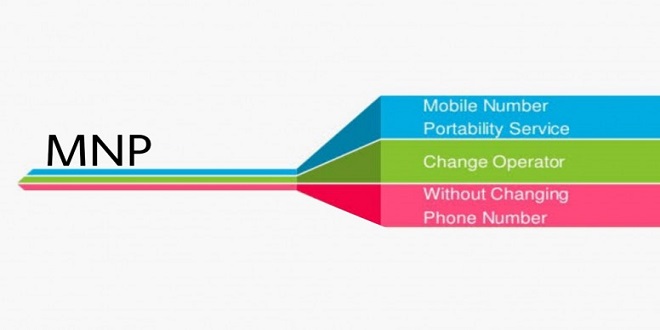WIRELESS CONSUMER BEHAVIOR Key Impact of Mobile Number Portability (MNP) or Wireless Number Portability (WNP) on Customer Loyalty

Brand Community and Customers’ Loyalty
Brand community exists because “brands connect consumers to brands, and consumer to consumer”. These social groups have a high propensity to be reasonably stable and devoted to the brand. Furthermore, members of a brand community tend to be “committed,” “conscientious,” and “passionate” toward the brand
Permission Marketing and Customer Relationship
Godin and Peppers (1999) indicated the merit of permission marketing is that it allows both parties to enjoy “mutually beneficial dialogue” without worrying about the privacy and legal issues. “Permission Marketing has been around forever (or at least as long as dating), but it takes advantage of new technology better than other forms of marketing. The Internet is the greatest direct mail medium of all time, and the low cost of frequent interaction makes it ideal for Permission Marketing”. Wells, Burneet, and Moriarty documented that this concept because many advertising messages are regarded as interruptive.
Ethical and Privacy Issues in Wireless Marketing
Similar to wired marketing (i.e. marketing activities conducted through fixed telephone lines), wireless marketing can annoy and interrupt customer’s privacy. Ethical and privacy issues (e.g., irritation, fraud, invasion of personal privacy) should be taken into consideration when developing the marketing strategies to foster long-term customer relationships.
Consumer Protection
Wireless technologies have gone through a significant development period; however, the legal protection for m-commerce is still in its infancy. From an e-commerce perspective, OECD’s (Organization for Economic Cooperation and Development) Consumer Protection Guidelines for e-Consumers (December, 1999) has indicated clearly about the possible consumer legal protection for e-commerce. The guidelines attempt to draw government, business bodies and consumer groups’ attention for developing national and global awareness of consumer protection laws.
MARKETING MIX FOR WIRELESS Product
Lamont (2001) suggested that marketers should make use of brand name to differentiate themselves from their competitors. He also has identified the following product or service characteristics for wireless industry:
- Effective mobile devices should have interactive and instant features with unique content through wireless Internet. This content should be created for a particular mobile device (e.g., PDA or mobile phone)
- SMS (the “killer application” for mobile phones), MMS services, m-sports, m-commerce, m-entertainment, and m-banking are expected to be the major value-added services for mobile devices.
- New products develop on mini handsets and handheld mobile devices such as Web-based phones, WCDMA, and GPRS (“always on connection”).
Distribution or Sale Channels
As discussed earlier, the wireless Internet is not going to replace fixed-line Internet in the immediate future, so the wireless distribution channel is regarded as a supplementary to existing sales channels. Direct marketing is covered in more detail in the Promotion section.
Internal Sales Force—Telemarketing
The internal sales team of service providers can pursue telemarketing to individual potential customers. Sufficient training and retraining programs must be provided to all sales people to carry out effective telemarketing activities, however. In addition, motivation programs (e.g., incentives, commission, or bonus schemes) for rewarding outstanding salespeople and employees should be considered and integrated into the company’s policies
The Higgs Domino Rp event brings excitement to fans. The Live from the Arena: The Showdown Experience immerses viewers in the action. Atmosphere and audience interaction add to the thrill. Broadcasting the event ensures everyone can enjoy the show.
Promotion
There are several promotional mix tools used in marketing strategy. With respect to m-commerce, advertising, public relations, and direct marketing are recommended.
SMS Advertising
SMS refers to the short message services provided by mobile network providers. SMS allows m-marketers to send electronic coupons and customized promotional messages to individual customers. Advisor.com (2002, Document No. 09546) reported a recent global study by HPI Research Group (marketing specialists) on the behalf of Nokia showing that a majority (88%) of customers like this mobile advertising method. The study covered 11 countries including Brazil, Denmark, Germany, Italy, Japan, Korea, Singapore, Spain, Sweden, the United Kingdom, and the United States.
Last word
Charging for contents. “The business model based on paid content is simple and transparent—content providers know what they want and what revenues they will get,” said Eden Zoller, the Senior Analyst of Ovum. This is because subscribers are expected to pay for the content, which has perceived value, personalized and suitable for the reception by their mobile devices such as PDAs or Web-enabled mobile phones.





